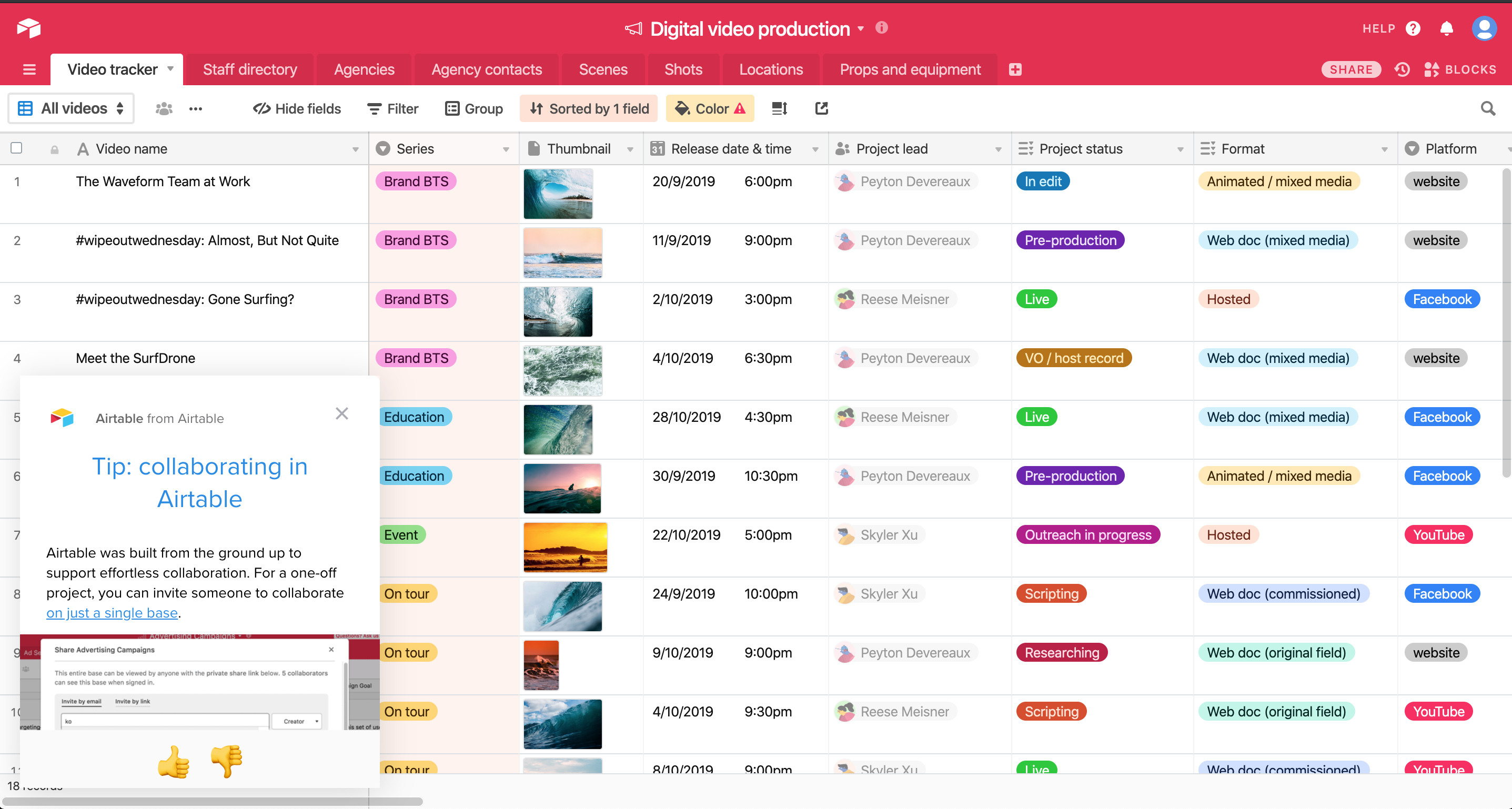I hope someone here can lend a few minutes and some thoughtful analysis to explain how to avoid all the risk that seems apparent in Airtable when formulating an off-Airtable backup strategy.
Some observations - feel free to tell me if and why my assertions are invalid…
Assertion #1
- Exporting any table to CSV and then attempting to reimport into another fresh table is never going to work as most might assume.
- Export from (a) using Airtable, import to (b) using Airtable - all is good, right?
- The reality is that Airtable fields (such as formulas, attachments, links) are incapable of being represented in a flat CSV document. True?
Assertion #2
- Exporting any table to JSON (using the API) and then attempting to reimport is not possible without writing another custom API process for each table because JSON loading is not supported in Airtable.
- The reality is that Airtable provides no data loader for JSON. One must ask - given the vast support of complex data types, why isn’t JSON an import feature?
The pervasive availability of complex data structures and field types without any ability to recover such data through a reliable and efficient process exacerbates the risks. True?
Assertion #3
- Importing a CSV file that contains previously exported lists will be created as Text fields. Any attempt to change the data type will erase the content of the field.
- The reality is that in a crisis recovery mode, any CSV snapshots of the table(s) in crisis will contain the data you want, but you’ll be forced to create parsers through formula fields to reinstate the data. Or, users will be forced to recover through a custom-built API process. True?
Assertion #4
- No human can possibly remember the design and meta-information about the solutions they create in Airtable.
- Given that in any Airtable base, the tables, the names, the data model, field formatting, relationships, linkages, formulas, Blocks configurations and designs, and all of the connective tissue that holds a solution together represent the vast majority of the working solution - perhaps 90+% in some apps. Yet, there is no approach or best practice to protect this huge intellectual layer and investment that every user and company has made in their Airtable solutions. True?
If I have this all wrong, please help me understand what I’m missing.



